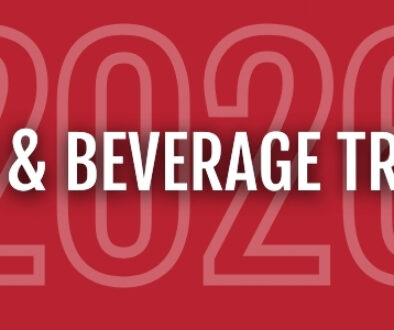3 Ways Packaging Should Address Changes In Food Dyes
Replacing food dyes is going to cause issues with your packaging. Here’s what you need to know about that.
The potential switch from using dyes approved by the Food, Drug, and Cosmetic Act (FD&C) to “non-synthetic dyes” for food was well addressed in the May 2025 article by Packaging Digest: “RFK Jr.’s Food Dye Conundrum.”
If you find yourself in the situation where your company is changing food dyes, here are three actions you should take with your food packaging:
1. Build Out The Plan For Ingredient And Graphic Changes
Ingredient and nutrient declarations must be updated to reflect the use of different food dyes and accompanying ingredient changes. For example, changes in pH caused by the absence of revoked dyes may necessitate reformulations to adjust product acidity.
Realize that natural dyes may alter the color intensity of food. The images of the food on the outer packaging should match the new hue of the food inside the box. This avoids the impression that the food is unacceptable.
Thankfully, digital printing allows for the ability to test different messages to consumers on the color change, as well as update ingredient and nutritional statements.
And remember, natural dyes may have allergens that need to be declared.
2. Vet Packaging Solutions Required To Protect Natural Dyes In Foods
Before implementing package changes, you must do consumer testing to assess product acceptability with the dye, we well as its potential fading.
While consumers may be able to detect the difference between the alternate dye fading and former formulations, they may accept the change when they only see the faded product.
Establishing the correlation between product color and flavor perception is key to maintaining consumer happiness with the brand. This correlation can now be established, allowing for the identification of required package changes.
Deteriorative reactions that occur in foods need to be assessed for each food type. Why? Because changes in water activity, pH, and the presence of antioxidants and humectants alter the changes that will occur in natural dyes.
The environment also needs to be assessed. For example, the color fading on the retail shelf may not be as dramatic as expected because retail stores have switched to LED lights, which do not emit UV radiation.
Here are four ways to preserve the color of natural dyes.
UV barrier solutions:
• Use UV barrier layers or coatings;
• Use metalized film or paper;
• Eliminate windows on packaging;
• Use display cases and shield the product from UV light if the product is displayed outside.
Oxygen barrier solutions:
• Use inherently high-barrier metallized film or paper;
• Add oxygen barrier layers such as ethylene vinyl alcohol (EVOH);
• Use oxygen adsorbers with or integrated into high-barrier packaging;
• Switch to low-oxygen reusable packaging for secondary packaging to retail stores;
• Shroud pallets in a reusable, superior oxygen barrier;
• Coat product with an edible oil-based barrier;
• Employ antioxidants that diffuse from packaging into food.
Moisture barrier solutions:
• Use inherently high-barrier metallized film;
• Select high-moisture-barrier reusable secondary packaging for retail stores;
• Shroud pallets in a reusable superior moisture barrier;
• Coat product with an edible oil-based barrier.
Temperature solutions:
• Require controlled temperature, refrigeration, or frozen environment before retail (slack) to slow deteriorative reactions;
• Enable temperature-based release of preservatives from the packaging.
3. Move To Alternate Dyes For Food Packaging Inks
If packaging contains these dyes used as printing inks for paper or paperboard, or as colorants in plastic packaging, you might need to switch to a different ink.
Paperboard packaging and paper labels:
The Food and Drug Administration (FDA) considers inks used in paperboard packaging to be non-additives and therefore exempt if they are not expected to migrate into the food (58 Fed. Reg. 67318, 67320; 21 C.F.R. 176.170).
Six of the dyes that may have their authorization revoked have been used as printing inks.
• FD&C Red No 3 CAS number 16423-68-0
• FD&C Red No. 40 or Allura Red C.I.16035 CAS number 25956-17-6
• FD&C Yellow No. 5 CAS number 1934-21-0
• FD&C Yellow No. 6 CAS number 2783-94-0
• FD&C Blue No. 1 CAS number 3844-45-9
• FD&C Blue No. 2 or C.I. Acid Blue 74 CAS number 860-22-0
Plastic packaging:
If revoked, these dyes will not be allowed to be used in plastic packaging. There are lists of colorants and optical brighteners explicitly cleared or approved under Threshold of Regulation or Food Contact Notifications by FDA for use in polymers, which are listed in 21 C.F.R. § 178.3297.
Keep Up To Date On Cheese Industry News
Find all of HART Design & Manufacturing’s current industry news here.
Source: Packaging Digest




